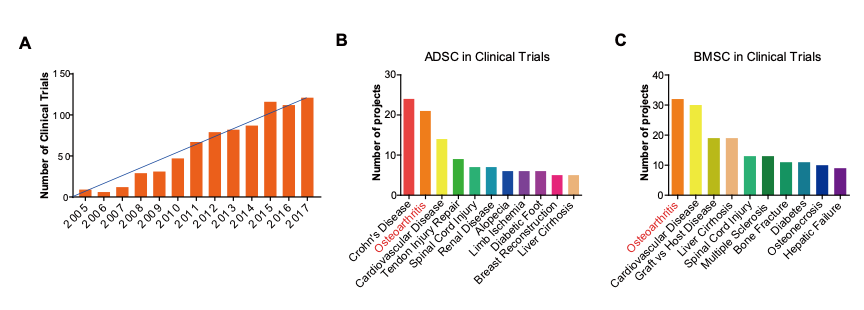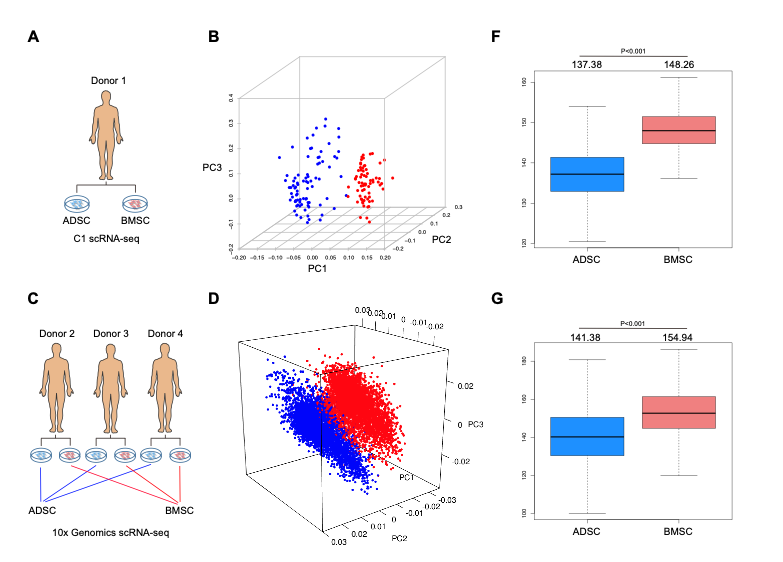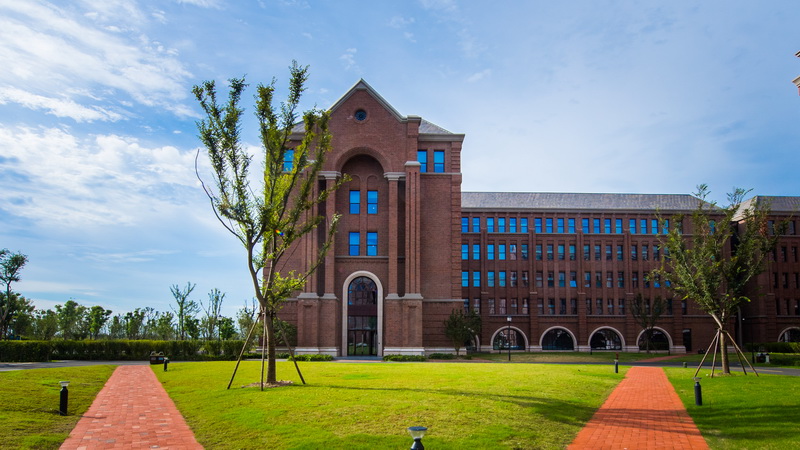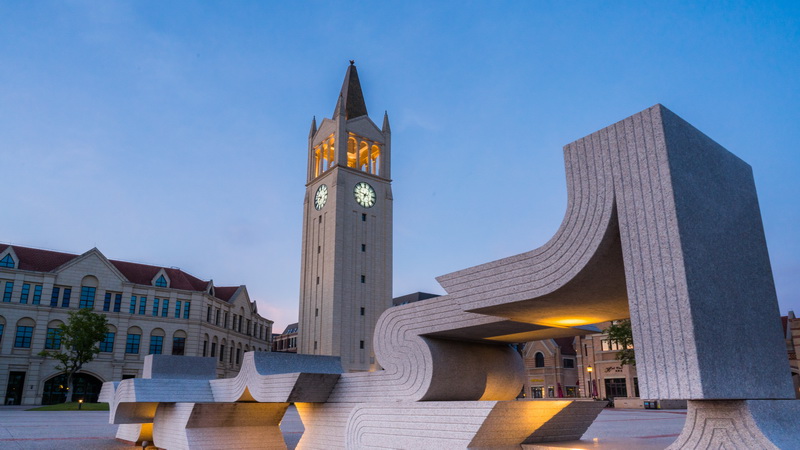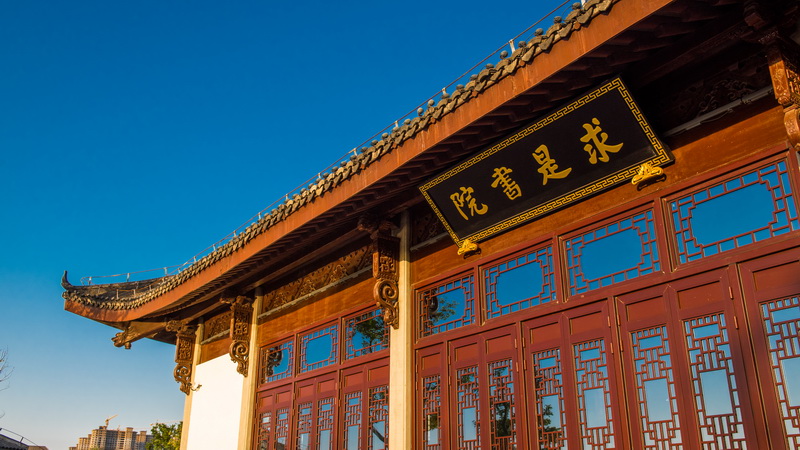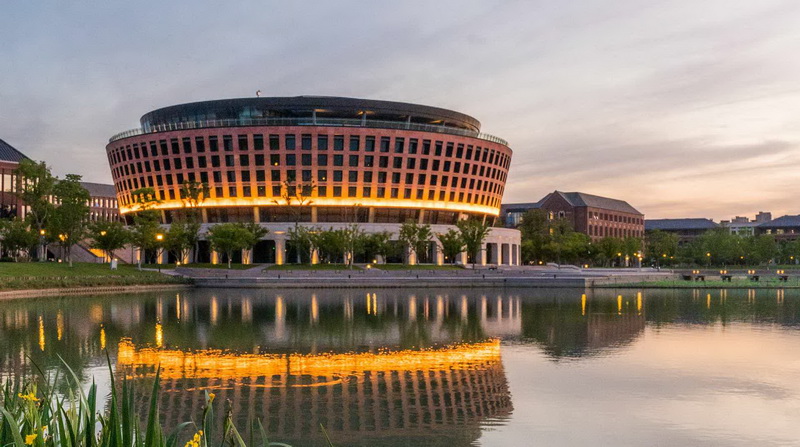Professor Hongwei Ouyang lead his lab in publishing two papers in High Level International Academic Journals: Nature Communications and The American Journal of Sports Medicine.
The first paper is entitled “A strongly adhesive haemostatic hydrogel for the repair of arterial and heart bleeds” published in Nature Communications.
The hydrogel can stop high pressure bleeding from pig carotid arteries with 4~5 mm long incision wounds and from pig hearts with 6 mm diameter cardiac penetration holes within 30 seconds. While clinically used Fibrin Glue and SurgifloTM failed to stop such bleeding. Treated pigs survived carotid artery and heart bleeding after hemostatic treatments with this hydrogel, which is well-tolerated and appears to offer significant clinical advantage as a traumatic wound sealant.
Uncontrollable bleeding is a major problem in surgical procedures and after major trauma. Existing hemostatic agents poorly control haemorrhaging from traumatic arterial and cardiac wounds because of their weak adhesion to wet and mobile tissues.
The paper is available at the link below
https://www.nature.com/articles/s41467-019-10004-7
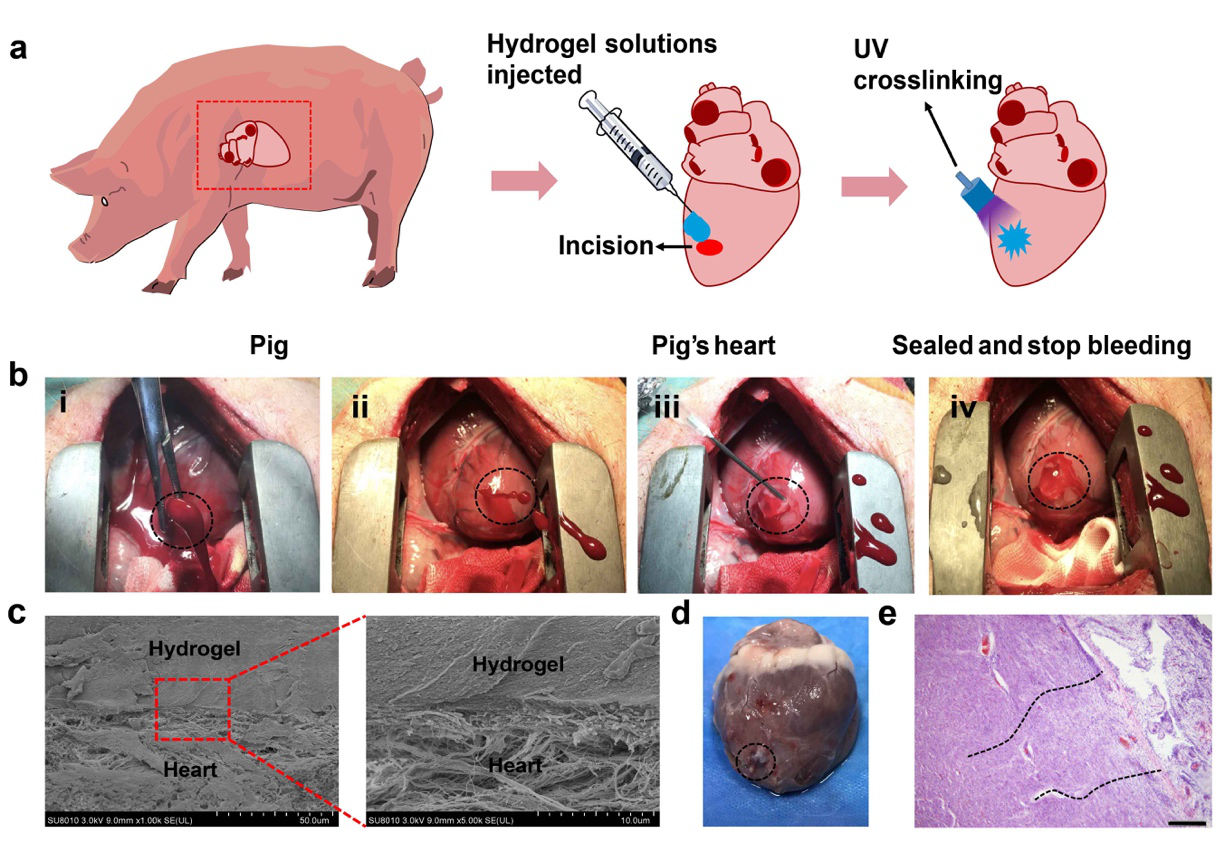
The second paper published by the lab is “Single-Cell Profiles and Clinically Useful Properties of Human Mesenchymal Stem Cells of Adipose and Bone Marrow Origin” in the The American Journal of Sports Medicine.
Single-cell RNA sequencing analysis showed that the population of ADSCs showed lower transcriptomic heterogeneity when compared with BMSCs. Additionally, as compared with BMSCs, ADSCs were less dependent on mitochondrial respiration for energy production and had a lower expression level of human leukocyte antigen class I antigen as well as higher immunosuppression capacity. Meta-analysis of current clinical trials of osteoarthritis treatment with MSCs consistently showed that ADSCs are more stable than BMSCs in their therapeutic effect.
These results provide basic biological insights into human ADSCs and BMSCs at the single-cell resolution. Findings indicated that ADSCs may be a more controllable stem cell source, may be more adaptable to surviving in the hypoxic articular cavity niche, and may exhibit superiority in regulating inflammation.
This paper is available to read at the link below
https://journals.sagepub.com/doi/abs/10.1177/0363546519848678
